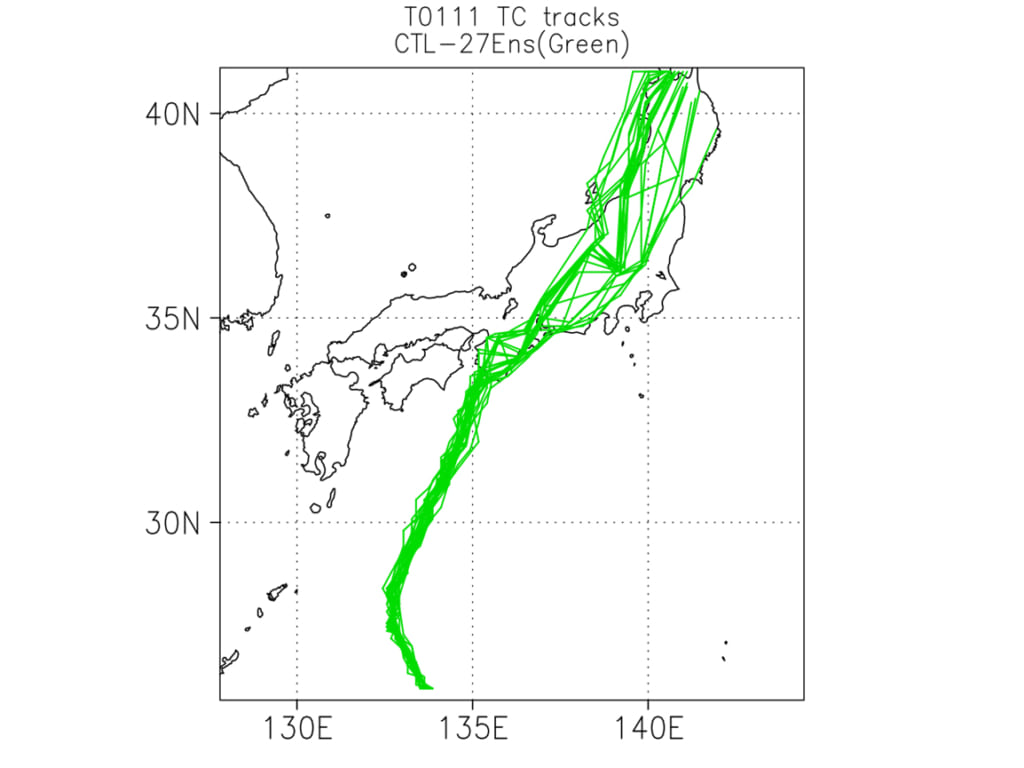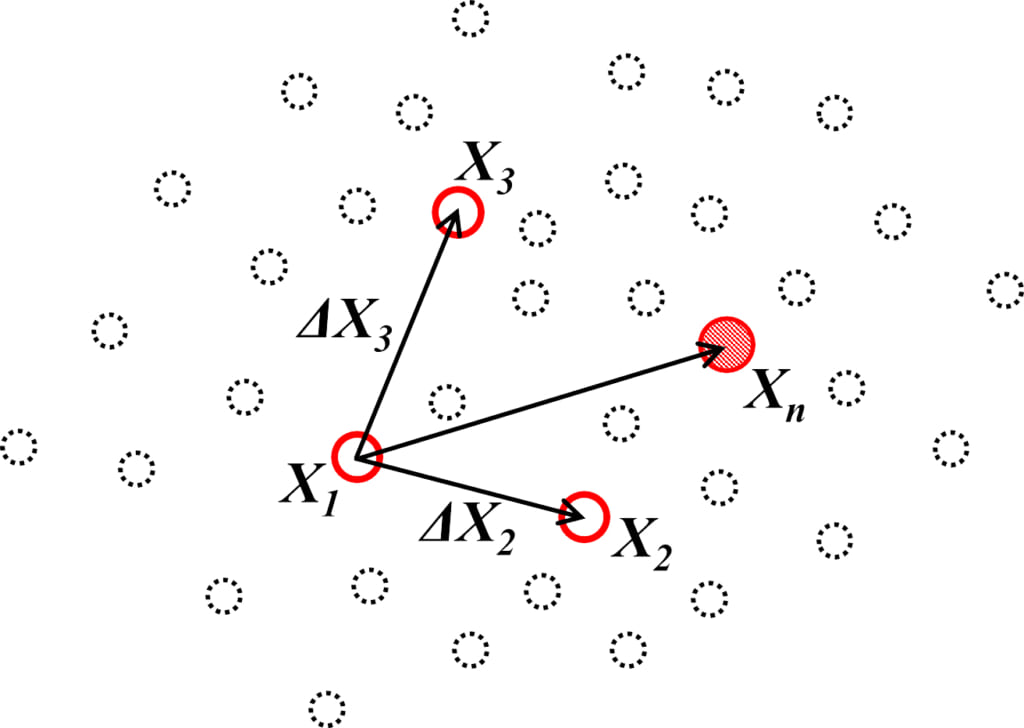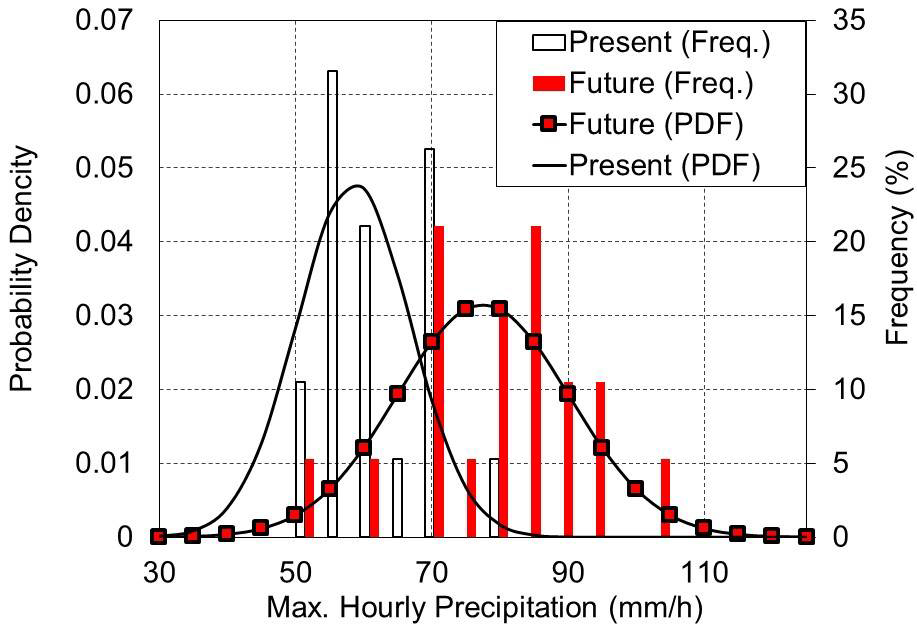Abstract:
A Japanese researcher at Kanazawa University developed a new method for generating data for ensemble simulation of extreme weather phenomena. He tested the method in simulation of a typhoon and a global warming simulation, and successfully created the necessary range of data in each case. The method has high computational stability and can be applied to any type of extreme weather event or other types of problems such as land cover change.
Kanazawa, Japan – Predictions of how climate change may affect extreme weather systems, such as typhoons, are usually conducted using general circulation models (GCMs), which represent physical processes in the atmosphere or oceans.
However, GCMs can be affected by uncertainties including imperfections in the model, such as the model’s inability to fully describe the processes giving rise to the extreme weather, and uncertainties in the effects of future carbon emissions. To offset this, several different predictions should be made when modeling future climates, using an approach known as ensemble modeling. However, generating the wide range of data needed to begin an ensemble simulation can be complex and computationally demanding.
Now, Associate Professor Kenji Taniguchi of Japan’s Kanazawa University has developed a new simple method for generating the large amount of data required to initiate ensemble modeling.
In his recent article, published in Journal of Geophysical Research: Atmospheres, Taniguchi provides details of how the method works, and demonstrates its effectiveness for ensemble simulation of a typhoon event and an ensemble global warming simulation.
“The new method has several advantages over previously used approaches,” Taniguchi says. “It has high computational stability, it can begin at any time and date, and it doesn’t require any particular atmospheric structure; so, it can be used for simulating any type of weather event.”
The method was demonstrated to provide suitable initial conditions for the typhoon and global warming simulations.
He notes the new method can provide the variety of conditions needed to explore the broad possibilities of meteorological phenomena. It could also allow assessment of changes in the probability of extreme events based on a wide spread of wind speed, pressure, and rainfall data.
The new method, after some further refinement and development, could contribute to improving the practical use of future global warming experiments in estimation of the probability of risk factors for extreme events and related impact assessments.
“Only one GCM output was used in this study, and there were various other assumptions about the structure of the data,” Taniguchi says. “In future work, simulations with multiple GCM outputs should be included to consider the uncertainties inherent in different GCMs and we should think about tailoring the data distribution to each individual case.”
Although developed originally for global warming studies, the possible applications of Taniguchi’s new method are wide. It has potential for use in a broad range of problems requiring ensemble simulation, such as import assessment of variations in land cover change and sea surface temperature etc.

Figure 1.
Simulated tracks in an ensemble experiment. Results of 27 ensemble members show possible spread of typhoon tracks.

Figure 2.
Schematic view of possible state vectors in a certain space. Newly prepared state vector (Xn) is generated from the three base vectors (X1, X2, and X3). Circles with broken line are possible state vectors.

Figure 3.
Frequency distributions and probability density curves of the maximum hourly rainfall in ensemble experiments for present and future climate conditions. The probability density curves show clear differences one another. Only one or small number of simulations could not reveal such variations under the global warming condition.
Article
A Simple Ensemble Simulation Technique for Assessment of Future Variations in Specific High-Impact Weather Events
Journal: Journal of Geophysical Research
Authors: Kenji Taniguchi
Doi: 10.1002/2017JD027928.
Funders
Core Research for Evolutional Science and Technology (CREST), funded by the Japan Science and Technology Agency (JST).



 PAGE TOP
PAGE TOP